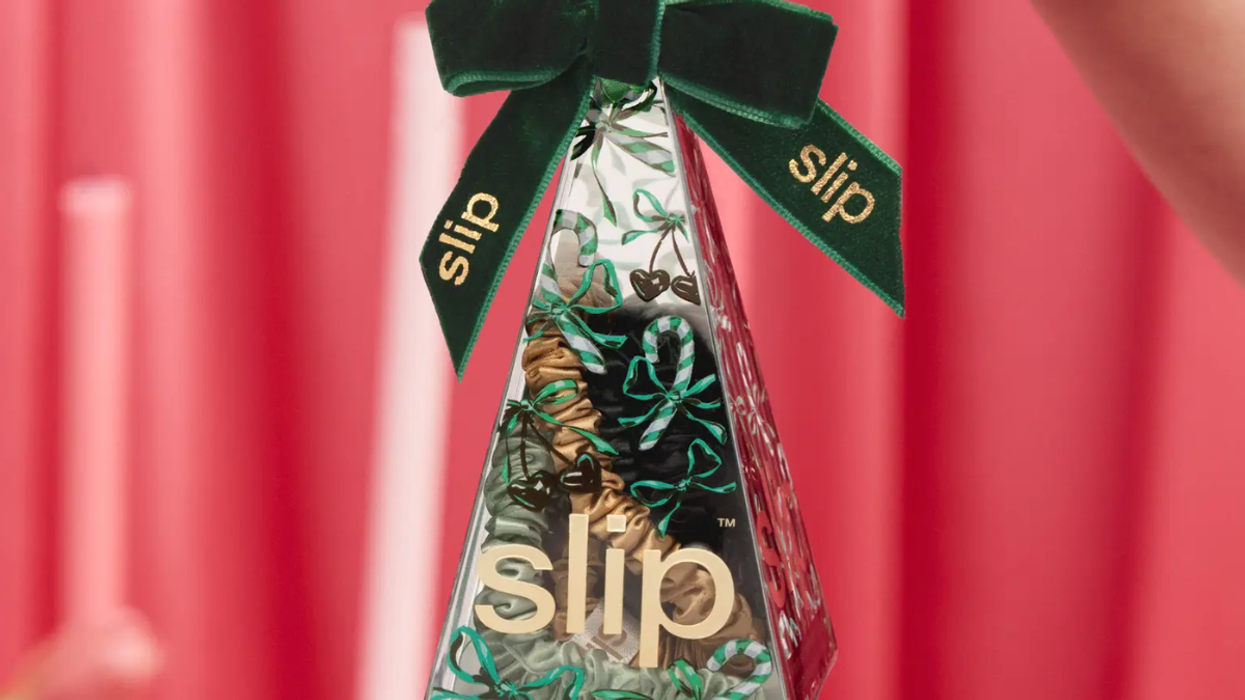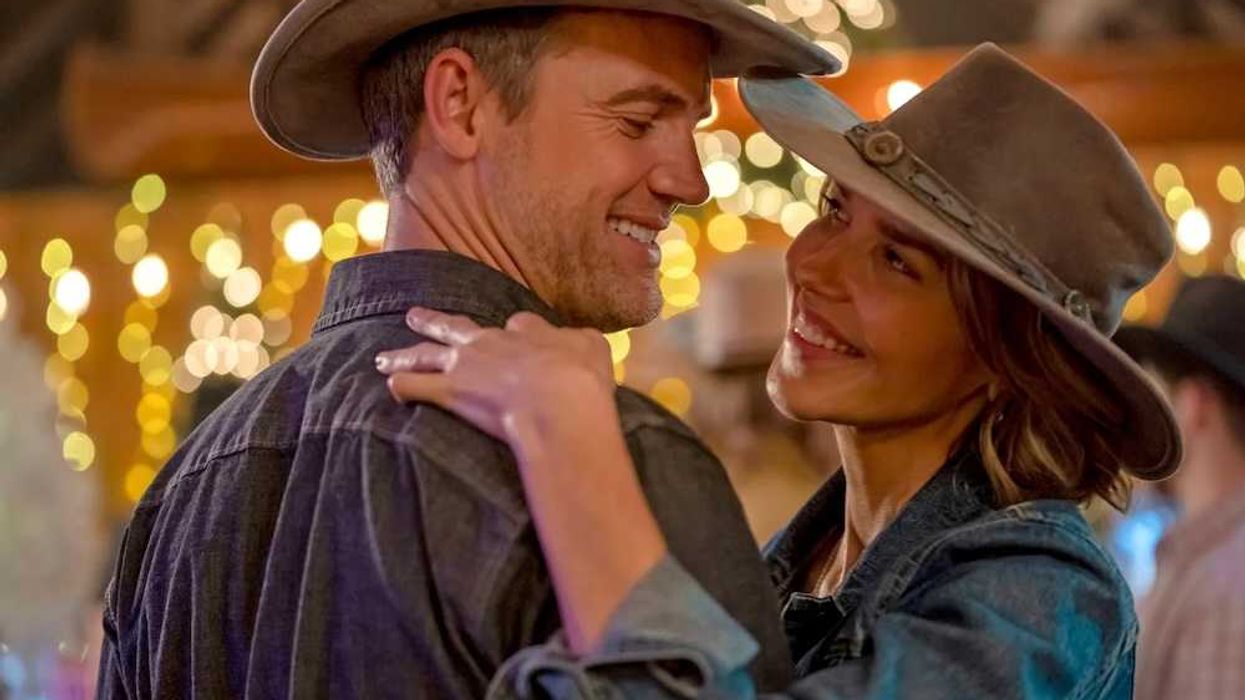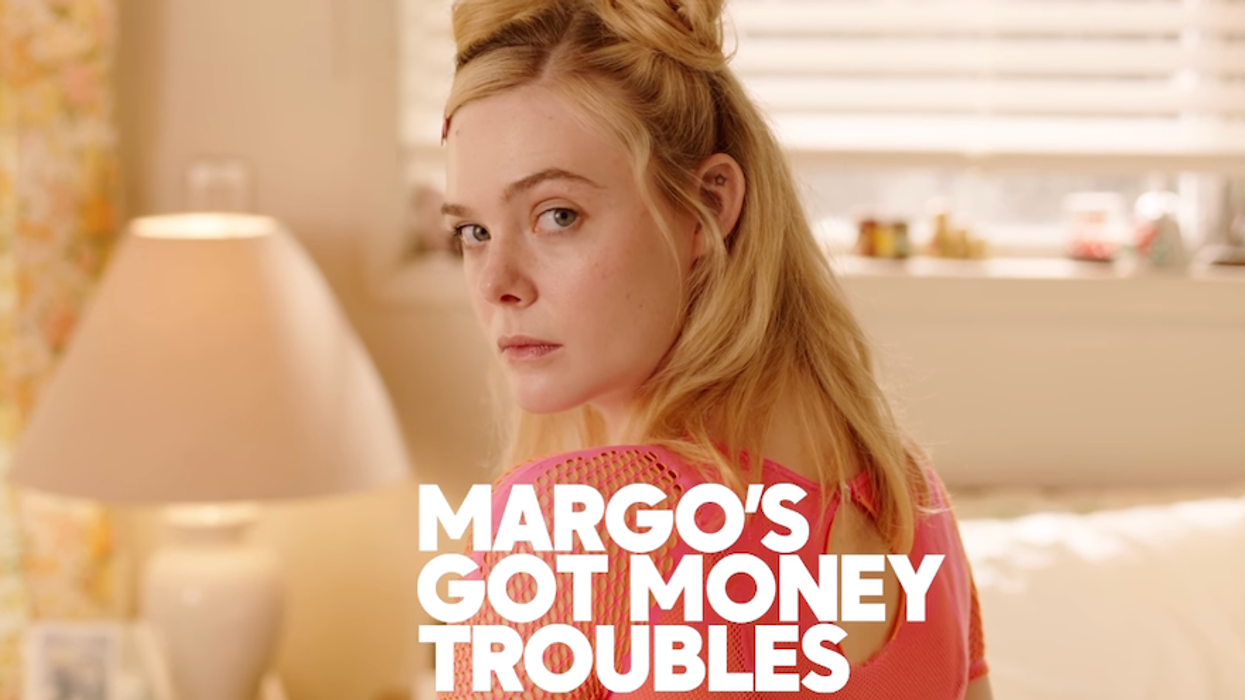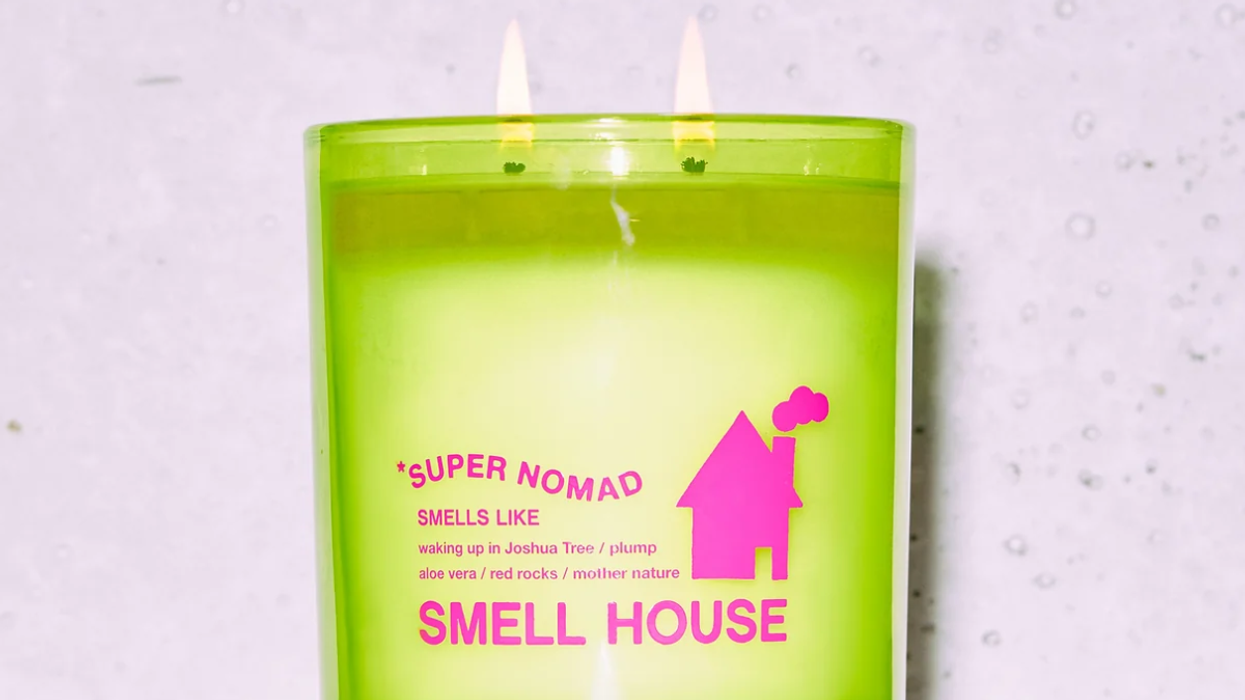What is rosé, really?
Everything You Need to Know About Wine (But Were Too Afraid to Ask)

Whether you’re at dinner with clients, picking up a bottle on the way to meet your new new mother-in-law, hosting a wine-tasting party, or simply scratching your head at the wine shop, it helps to have a solid understanding of the beloved libation. (Not to mention, science says drinking wine might make you smarter, so it’s a great idea to get a wine education.) Since the world of wine is about as complex and expansive as it is delicious, we tapped Colorado-based sommelier and writer Ashley Hausman-Vaughters to give us a primer on buying, drinking, and talking about wine. So, pour yourself a glass and scroll on!
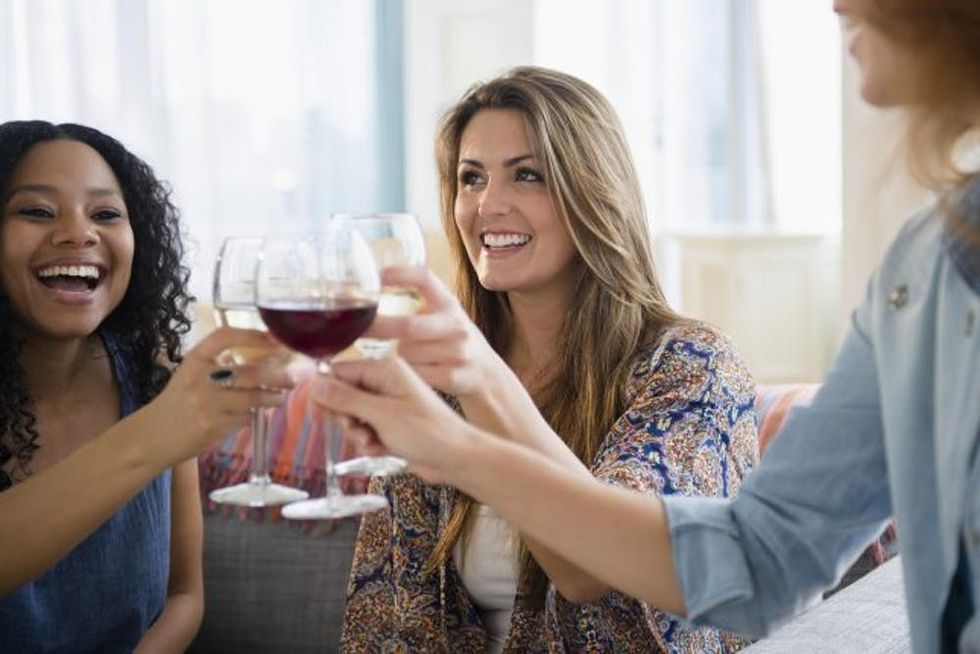
1. Does white or red wine have more alcohol? Although there’s no hard-and-fast rule, red wines tend to be higher in alcohol than white wines. This also relates to the wine’s body, or weight: If you like lighter styles, aim for red or white wines at or under 13 percent alcohol. If you prefer something richer, bump that up to 13.5 percent or higher. Sweeter styles, like dessert wines, have the lowest alcohol by volume, typically under 10.5 percent.
2. What are tannins? Tannins are mostly responsible for that bitter taste that leaves your mouth feeling dry after you take a sip of a super tannic wine like a Cabernet Sauvignon. They mostly come from the grape skins, seeds, stems, and oak, and get stronger the longer the skins are in contact with the juice as it ferments. The same thing is also found in tea, and it’s what makes your drink bitter if you let it steep for too long.
3. What is rosé, really? Rosé is made like red wine, but it spends less time hanging around the grape skins, which give it color. The darker the wine, the more skin it saw, and often fruitier and fuller in body it is. Nowadays there are hundreds of pink wines to choose from; dry rosés lead the pack as the biggest comeback kid. For a delicate variety that is bone-dry and very light in color, seek out a wine from Provence. If you want a more fruity version, try Tavel, an appellation of France’s southern Rhône region.
4. Should I have a go-to wine? Yes and no. Try to taste something new each time you buy wine. Reserve repeats for special occasions when you need an old faithful to make an impression. You’ll only learn about the thousands of wine options and find the ones you like best if you explore with an open palette. Don’t be afraid to ask questions. Wine does not need to be so intimidating — after all, it’s grape juice for adults! Find a local shop that has knowledgeable staff and free weekly tastings. Every time you bring home a new bottle, look up one thing on the label you don’t recognize — like the grape, region, or winemaking technique. Be sure to try different wine styles at different times (seasons, time of day, food pairings, company). You will see that every style of wine has a place in your wine cellar, even if you think you are a die-hard for just one.
5. How do I select a bottle for a picky host? If you’re unsure of the host’s personal preference, there are couple tricks: Oak and tannin are two polarizing qualities in wine — some love ’em, some hate ’em. Instead, stick to a more unusual, unoaked white: Grüner Veltliner, Albariño, or an Oregon Pinot Gris are all good options. For red, if you’re unsure of the dinner menu, bring something versatile with moderate tannins and good fruit that won’t break the bank, such as a domestic Rhône blend, a young Tempranillo, or a Barbera d’Alba. People typically have a preference for white or red, but we’re guessing your host won’t object if you bring one of each!
6. How many bottles do I need if I’m hosting a party? One bottle equals about five glasses, so get enough so that your guests can have at least two servings. (For example: If you have 10 guests, snag four bottles). When in doubt, it’s always a good idea to grab an extra bottle.
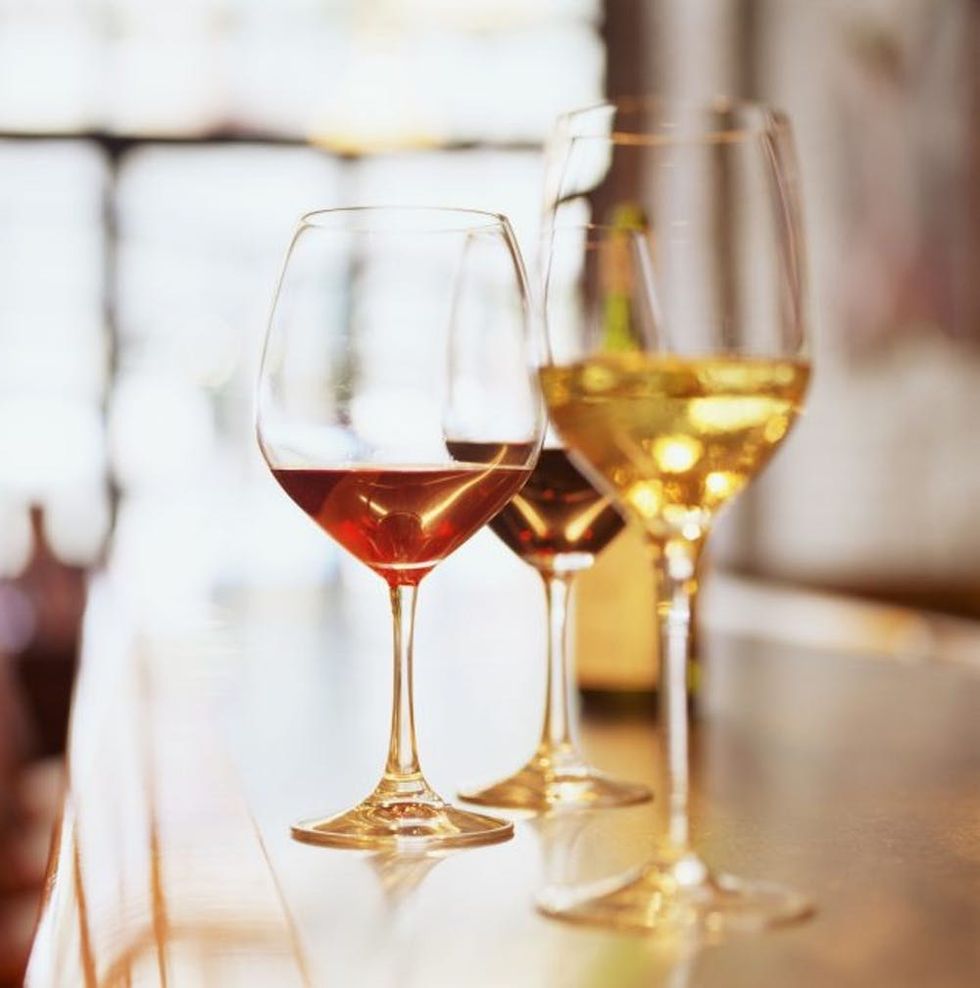
7. Does glassware really matter? It depends. Some people opt for glasses with stems to avoid messy fingerprints. (Plus, glass stemware makes it easier to swirl your wine and release the aromatics.) Stemless glasses are a great option if you’re planning to drink outdoors. There are three common types of glasses, which you may consider adding to your cabinet: a tall white wine glass to funnel aromatics; a shorter, wide-bowl Pinot glass to tease out more delicate aromas and expand the expression, and a tall, full-sized bowl Bordeaux/Cabernet glass to focus the structure. If you have to choose one, Bordeaux/Cabernet glasses are the most versatile.
8. How do I stop splitting the cork? Place the tip of the corkscrew dead center, and press down to get a firm placement before you turn. Should the cork break (it could just be a dry cork!), there’s still hope: Try inserting the corkscrew worm again and angling it toward the side of the bottle, then try to find a good, solid chunk it will cling to, and slowly try again.
9. Do I need to decant? Opening a bottle doesn’t do that much — just think, it’s a quarter-size circumference exposure to the air. So, yes, decanting (or encouraging oxidization) certainly can boost the aromatics in a red wine that’s very young and “tight” right out of the bottle. Even fuller white wines can benefit from decanting.
10. What about chilling? All wines can taste better with a little cooling. The lighter, more aromatic, and less oaky white wines taste better straight out of the fridge (around 45 degrees Fahrenheit). The same goes for bottles of bubbly (if the bottle is warm, the wine is more likely to foam over like a volcano once you uncork it). Full whites, like Chardonnay and Rhône blends, can sit in the glass on your countertop for 20 minutes to open up and enhance the aromatics (serve at 50 to 55 degrees). A cellar temp of about 55 degrees Fahrenheit is a good universal target for all reds (but especially lighter ones, so the alcohol isn’t the star of the show). A general rule: Whether you plan to serve white or red, stick the bottle in the fridge for 25 minutes before opening.
11. How long will wine last after the bottle has been opened? Whites often hold their shape and expression easily for two nights. Reds, on the other hand, are more likely to change in structure after a day. If it’s a young, tannic, and full-bodied wine, this can be a good thing — you might even like it better on day two or three. Dessert wines can easily stretch for a week or two.
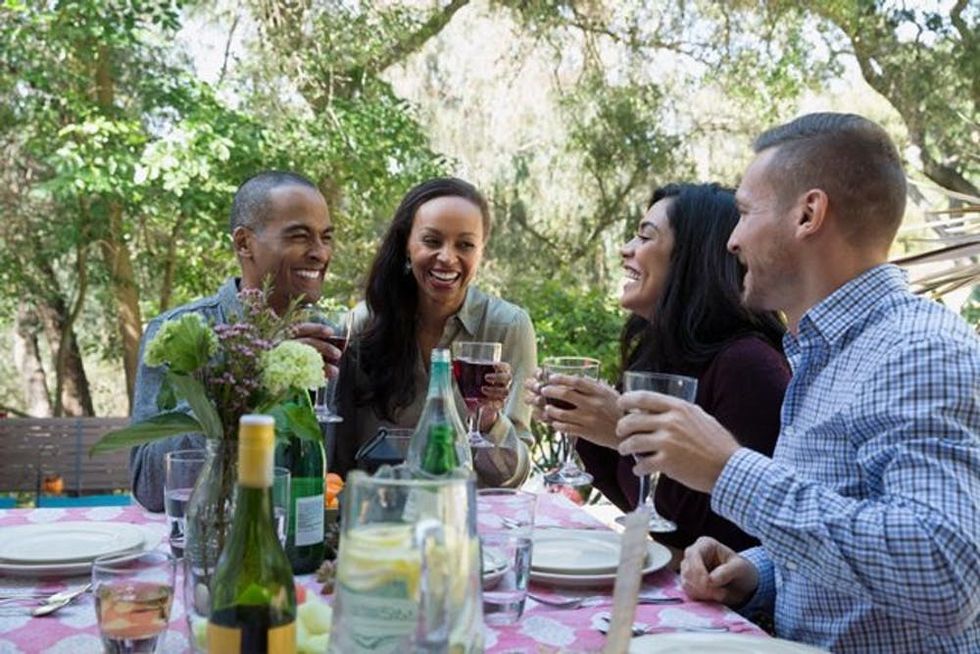
12. Can I extend the shelf-life? Yes. Don’t store wine near any warm surfaces, like your stove, bright lights, or windows. If you can’t finish a bottle, the trick to a longer shelf life is less oxygen. While preservation systems can definitely help, your best bet is to consolidate the liquid in a smaller bottle with a screw cap. Buy a 375-milliliter bottle of something delicious with a cap, like a Sauvignon Blanc from New Zealand, and after drinking it and sterilizing it, use it to store other wines you can’t finish! (How’s that for repurposing?) If you have to leave wine in its original bottle, store it in the fridge.
13. What’s the deal with boxed wine? Packaging has improved a lot in recent years. Winemakers are continuing to produce more eco-friendly boxes that have a lower carbon footprint than traditional glass bottles. So gone are the days when Franzia was your only option in the grocery-store aisle. Now, there are plenty of delicious options staring back at you that are inexpensive and stay fresh for a long time. Bonus: Boxed wines (AKA grown-up juice boxes) are portable and shatterproof, which means they’re perfect for camping, concerts, and backyard barbecues.
14. How do I taste a bottle for the table? Start by reading the label to make sure it matches your order. Then, smell to see if the wine has cork taint (if it smells like wet cardboard or newspaper). If that is the case, you’ll want to send back the bottle. Next, give your half-full wine glass a swirl to unleash the aromatics, and note if you like the smell or not and why. Now, take a sip, swish it around (taste buds aren’t only on your tongue), and swallow. Do you like it? If so, share it with the rest of the table. If not, try to remember why the next time you dine out in order to avoid making the same mistake twice.
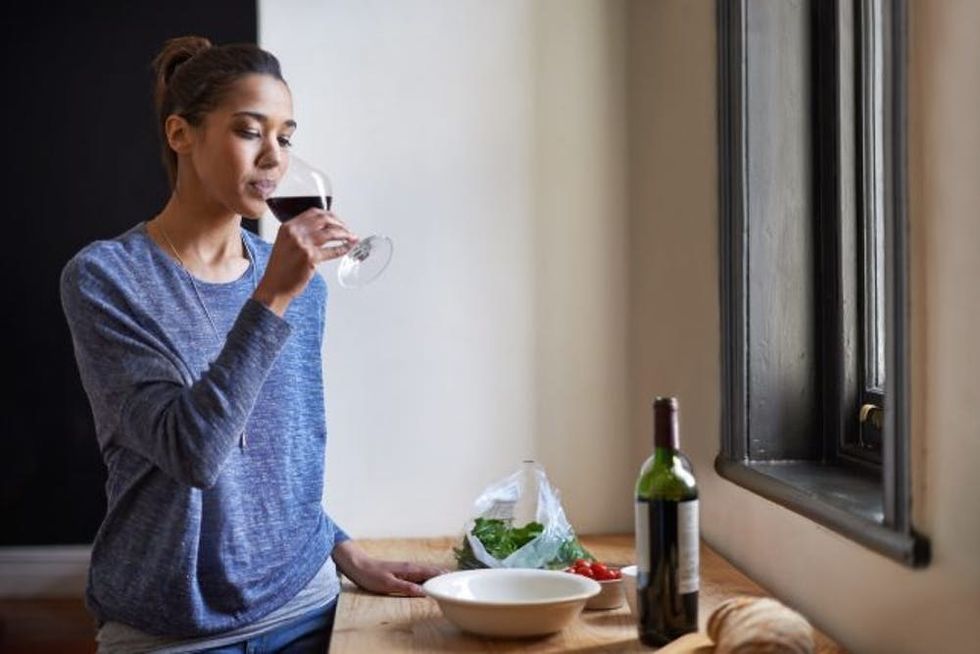
15. What do I need to know about pairing wines and food? Don’t pair to the protein; pair to the most dominant flavor in the dish. Consider the weight of the dish, and try to match it with a wine of similar strength. A rich Chardonnay with buttered halibut over risotto — bingo! Light sushi and a full-bodied Cabernet Sauvignon, not so much.
16. Are wines from North Carolina, Arizona, and Colorado any good? Modern viticulture and winemaking have opened up the potential for making fine wine in places no one thought possible. In Colorado, at 4,000-plus feet in elevation, a short growing season and high pH saline soil make for gorgeous Cabernet Franc, Syrah, Riesling, and Gewürztraminer. As the science continues to develop, we can make better decisions about rootstock, grape clones, and site selection. Pretty soon, you’ll be seeing a lot more than just California, Oregon, New York, and Washington wines on the shelves and menus.
What’s your biggest wine dilemma? Tweet us your questions @BritandCo!
(Photos via Getty)





